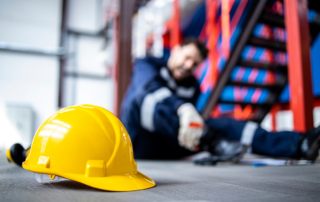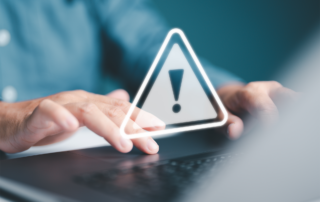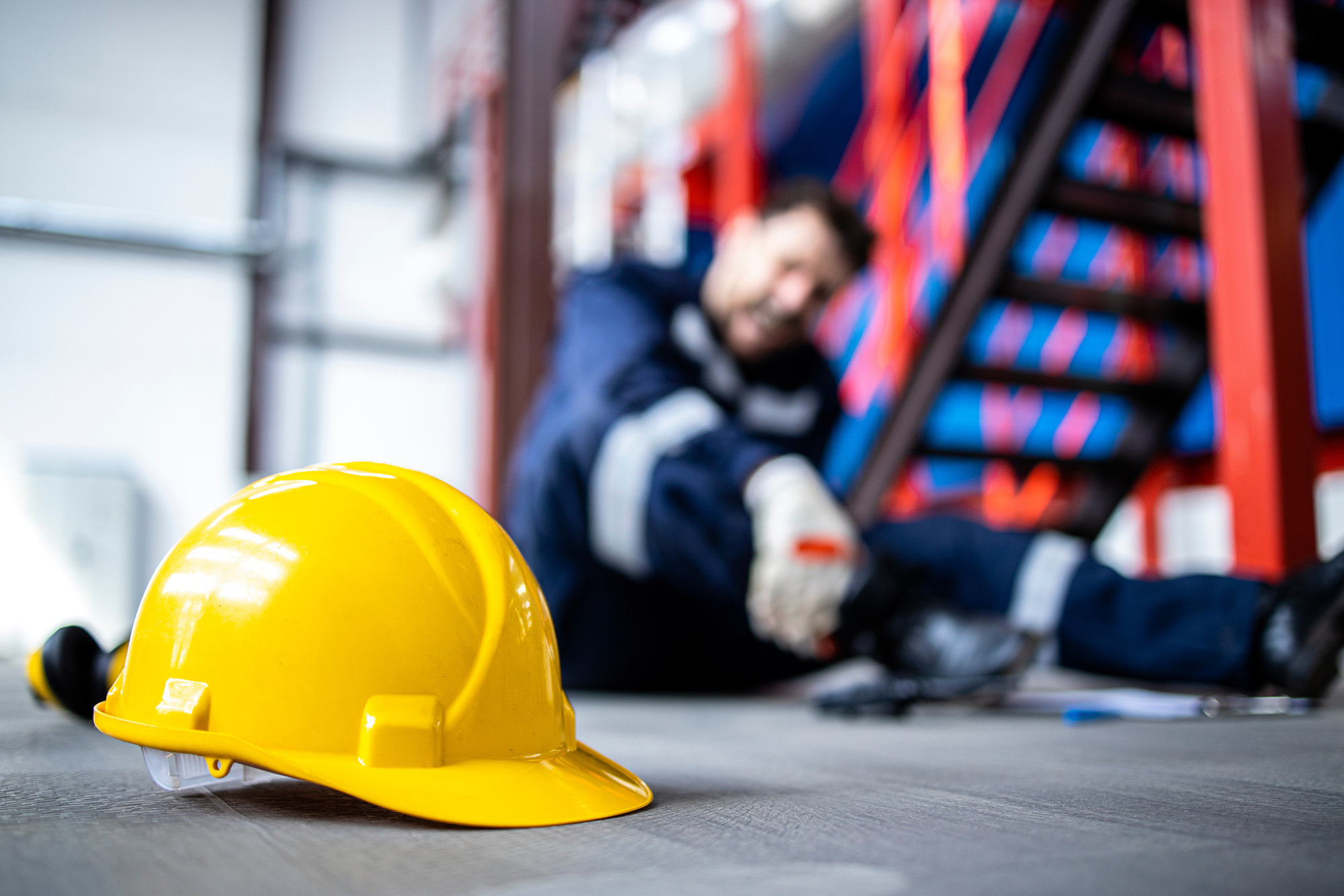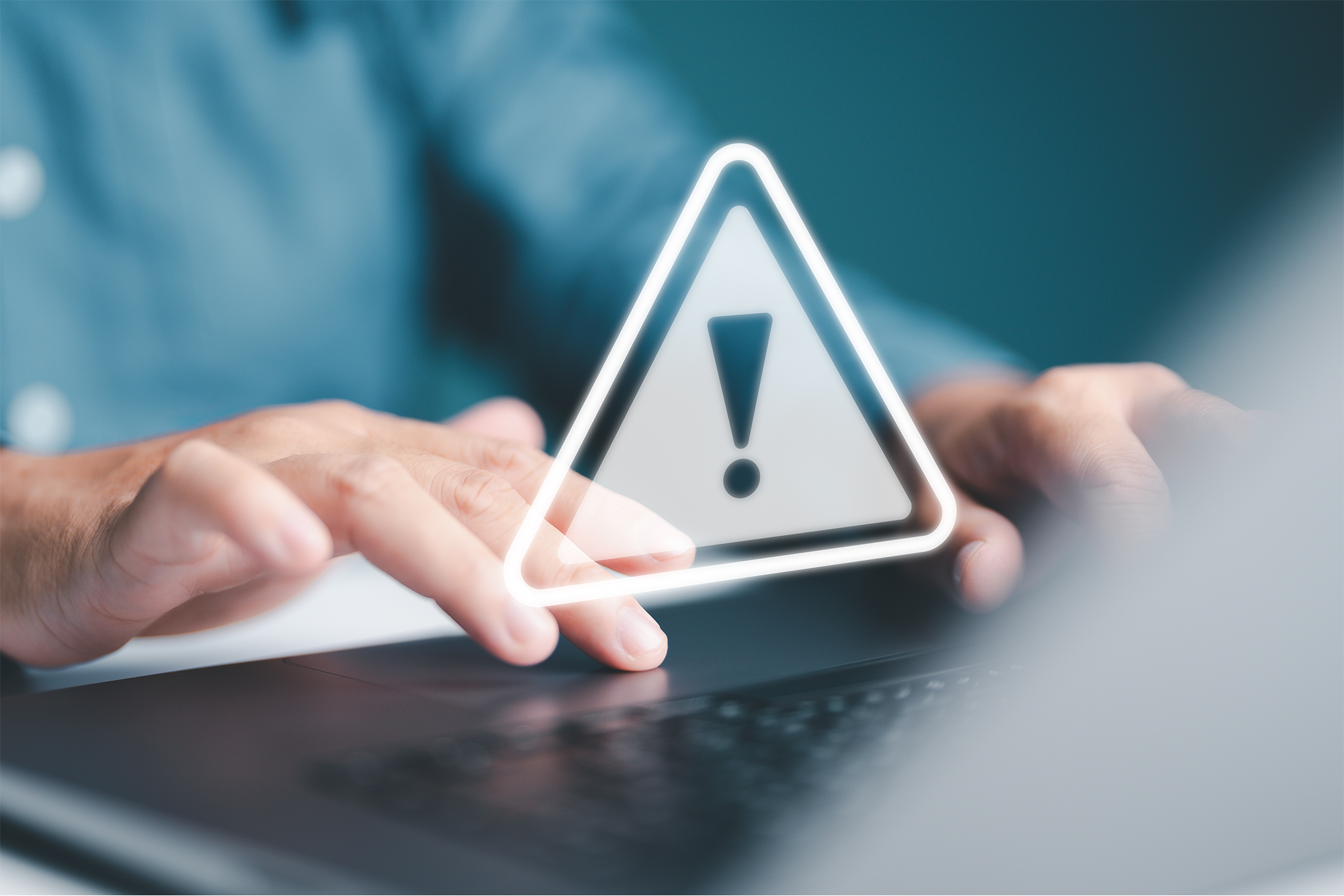The Dangers Of Working With Flammable And Combustible Liquids
The Use and Storage of Flammable Liquids
Working in the oil and gas exposes you to many flammable or combustible liquids on a daily basis, such as gasoline, diesel fuel, oil, and many common products such as solvents, thinners, cleaners, adhesives, paints, waxes and polishers. If used or stored improperly, these types of liquids can cause serious injury or death.
To understand the dangers of flammable and combustible liquids, it is important to know that it is the vapor that burns, not the liquid. For instance, an explosion can occur when a worker drains a gasoline tank and begins repairs involving welding or brazing on the tank. Although the tank is empty, it contains gasoline vapors. If the vapor concentration is within the explosive range and a source of ignition is introduced, an explosion can easily occur.
General Safety Rules
The following work practices must be followed when handling flammable and combustible liquids:
- Use Class I flammable liquids (any liquid that can ignite at less than 100° F) only where no open flame or other ignition source is in the path of the vapor.
- All containers must be properly labeled and marked with the complete chemical name.
- All containers must be metal, sealed with a cap or lid, and not damaged or leaking.
- Don’t store flammable liquid containers next to exits, aisles, stairways or doors – even for a brief time. Flammable containers may also not be placed where they can interfere with the exit from an area or building in an emergency situation.
- Dispense flammable and combustible liquids with approved pump or metal self-closing faucets only.
- Do not transfer liquid unless an employee who is trained to stop the transfer in the event of a spill is present.
- When transferring flammable liquids from one container to another, the two containers must be connected by a conducting wire and one container must be grounded.
- Remember that welding, flame cutting and soldering, and other flame-, heat- or spark-producing work is not allowed within 25 feet of liquid use and storage areas.
- Never smoke in storage and handling areas of combustible and flammable liquids, or in a 25-foot radius around these areas.
- Maintain access to fire extinguishers and other emergency response equipment at all times. At least one fire extinguisher must be located within 10 feet of any flammable and/or combustible liquid storage area, and within 50 feet of a flammable liquid use area.
If you have any questions or concerns regarding the safe handling of these liquids at the job site, contact your supervisor.
This safety matters flyer is for general informational purposes only, and is not intended as medical or legal advice. © 2014, 2019 Zywave, Inc. All rights reserved.
About the Author
Share This Story
Related Blogs
OSHA’s Safe and Sound Week Scheduled for Aug. 12-18
Each year, more than 5,000 workers are killed on the job. Additionally, more than 3.6 million employees are seriously injured each year while at work. Because of this, the Occupational Safety and Health Administration (OSHA) holds a nationwide event each August called Safe and Sound Week, which promotes the importance of companies incorporating safety and health programs into their workplace. This year, the event runs Aug. 12-18, 2024.
2024 Midyear Market Outlook: Workers’ Compensation
Profitable underwriting results have generated favorable conditions across the workers’ compensation insurance market for nearly a decade. According to the National Council on Compensation Insurance (NCCI), the segment produced combined ratios of 84.5 and 84.9 in 2022 and 2023, respectively, demonstrating continued profitability.
CrowdStrike, the Most Important Cyber Accumulation Loss Event Since NotPetya, Highlights Single Points of Failure
In what is being called “the most important cyber accumulation loss event since NotPetya,” the July 19, 2024, global technology outage (CrowdStrike) will produce scores of insurance claims across a range of policies, test cyber policy wordings,and sharpen the industry’s focus on single points of failure.







